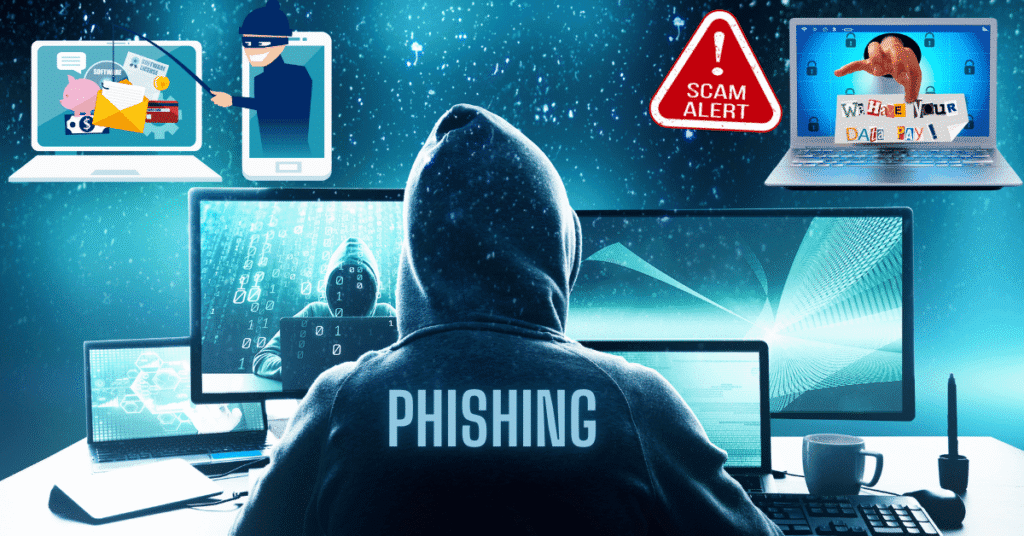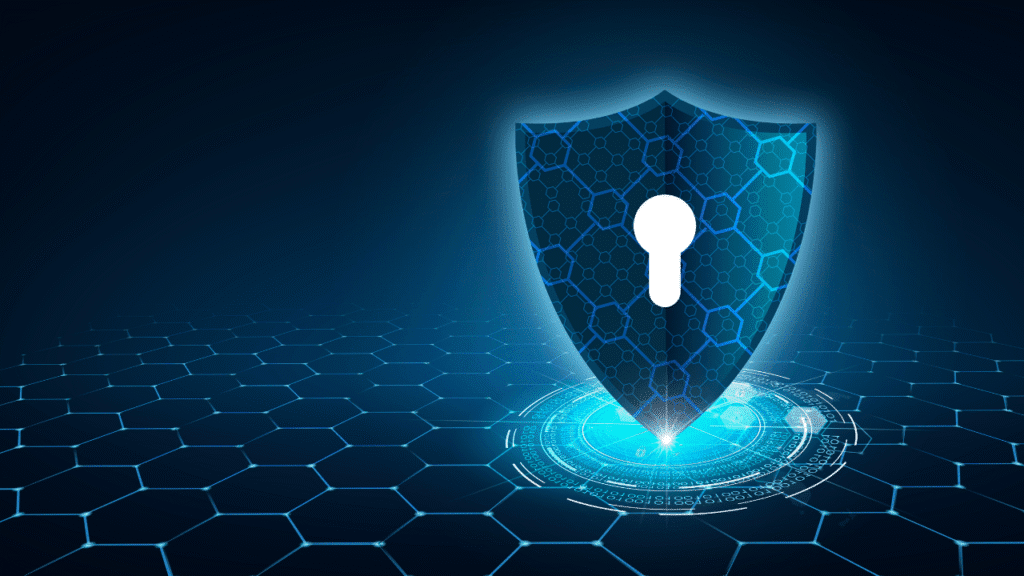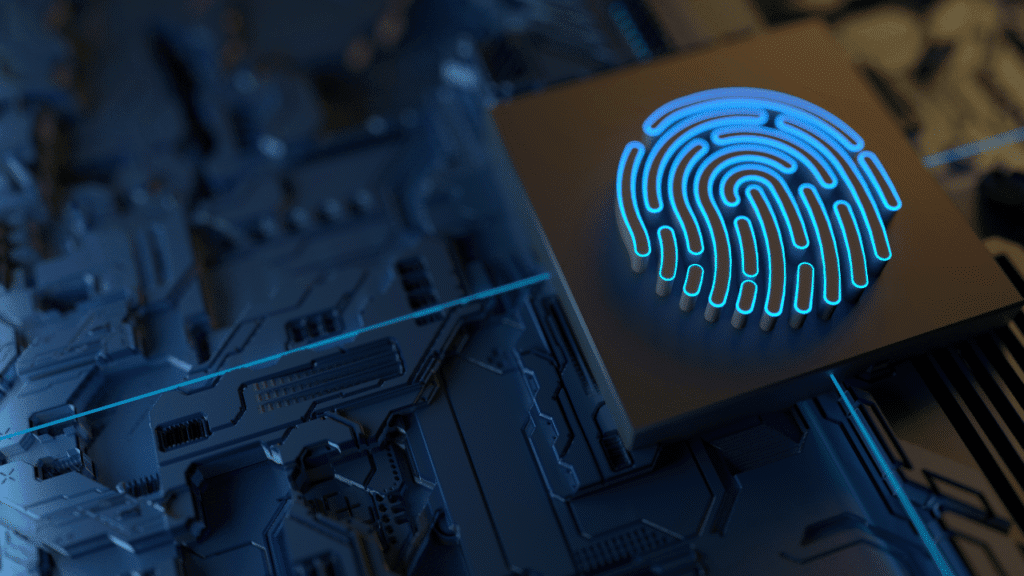1. Introduction to Phishing
In a world led by digital communication, phishing has found its way to become one of the most dangerous and widely committed crimes. Cybercriminals keep evolving with technology in the way they operate. This article goes deep into what phishing is, how it operates, and how to protect you and your organization in 2025.
2. What is Phishing?
This is a class under cyber crimes through computer means where malicious criminals entice their victims, usually under the pretense of being a genuine entity, to hand over sensitive information such as usernames, passwords, bank, or credit card details.
Usually, it is delivered using email, telephone messages, dummy websites, or even phone calls. Thus, it is one of the most common online threats vis-à-vis, targeting the simplest internet users and giant organizations and government entities.
3. History of Phishing Attacks
Phishing has a long history. It began in the mid-1990s when a scammer on AOL targeted his prey by pretending to be one of the staff. Phishing has evolved remarkably with more sophisticated means that utilize technological advancements.
Notable landmarks include:
- 2000s: Email phishing scams are on the rise.
- 2010s: Raise spear phishing and CEO fraud.
- 2020s: Coming of deepfake phishing and AI-generated scams.
4. Common Types of Phishing Attacks
- Email Phishing: The most infamous variant is that attackers send fake emails impersonating recognized companies.
- Spear Phishing: A targeted attack against a specific person or organization.
- Whaling: The high-profile target of VIPs: executives, CEOs, or politicians.
5. How Phishing Works
How phishing attacks typically work is in phases:
- Bait Creation: The attacker formulates a message as though it has been sent from trusted sources.
- DELIVERY: This phishing message will be sent through email, SMS, or social media.
- MISLEAD: The message misleads the victim into clicking either a malicious link or an attachment.
- Capture Data: All users will be redirected to a fake site purposely set up to collect login credentials or other personally identifiable information.
- Exploit: This stolen data will be used for identity theft, financial fraud, or selling on the dark web.
6. Real phishing in the world includes:
Target Data Breaches (2013)
The hackers got a third-party vendor’s credentials through a phishing email system and compromised over 40 million debit and credit cards.
Google and Facebook Scam (2013-2015)
This Lithuanian man uses forged invoices and phishing emails to scam employees into wiring over $100 million into made-up bank accounts.
7. Signs of an Email Message from Phishing
To detect a phishing attempt, keep a lookout for these telltales:
- Dear customer, greetings.
- Immediate Action Required, Urgent
- Domain names are misspelled (paypa1.com rather than paypal.com)
- Dubious attachments or shortened URLs
- Request for sensitive information.
- That is not consistent with logos or formats.
- Effects of Phishing.
Phishing causes:
- An economically void state
- a lack of security in identity,
- breach of data,
- damaging reputation, and
- legal liability.
The fines companies may end up being charged are under data protection laws, and bank accounts can be drained for some individuals.
8. Redundant Prevention of Phishing Attacks
a. For Individuals
- Change passwords regularly.
- Install trusted antivirus software.
- Learn about the new trends for phishing.
b. For Companies
- Regular training on security awareness
- Email filtering, spam detection
- Incident response protocols establishment
- DMARC email authentication
9. The Age of AI and Deepfake Phishing
- Cybercriminals have advanced to AI tools, creating realistic phishing messages with synthetic identity fraud. Such as creating a voice or video to impersonate a CEO for authorizing a fraudulent transaction using deepfake technology.
- This escalation complicates phishing detection, indicating the need for a more advanced defense mechanism.
Email Security Solutions
Invest in powerful tools as Proofpoint or even Mimecast, which scan and filter all the dangerous emails.
Security Information and Event Management (SIEM)
There are very few cases when such SIEM innovations might fail. SIEM platforms analyze logs in real time and detect threats before they can spread even further.
Laws against phishing
- Numerous laws across the world have been enacted against phishing.
- CAN-SPAM Act: (USA)
- General Data Protection Regulation (GDPR – EU), and
- Computer Misuse Act (UK).
- Thus, they punish cybercriminals while making companies liable for the nonprotection of user data.
- Besides the measure, it addresses almost every affected account when falling victim to Phishing.
- He should enable two-factor authentication on all sensitive accounts.
- Inform the bank and the credit card company of any relevant financial information breaches.
If, in your observation, any suspicious activity may arise from that breach, which could be reported to either a local law enforcement agency or a cybercrime unit.
Tools for Detecting and Stopping Phishing
Among the top tools to defend against phishing in 2025, the following will be forms:
- SpamTitan- The best tool for anti-spam and phishing
- PhishER- Phishing incident response platform
- Bitdefender GravityZone- Endpoint security suite
- KnowBe4– Security awareness training platform
- Avast Secure Browser- Alerts users about suspicious sites
The Future of Phishing and Cybersecurity
Phishing strategies keep changing with the advancement of cybersecurity technology. In the year 2025 and years beyond, expect to see:
- AI-powered phishing attacks
- Voice phishing with deep fake audio
- Scams will soon be more available on the dark web within phishing kits
Conclusion:
More than any technological threat, Phishing is a human vulnerability. It does not matter how strong your systems are; just one click from one person puts everything at risk.
Education, up-to-date awareness, and proactive defense strategies will buy everything necessary to keep your interests safe, as it is no longer optional but mandatory for every individual/organization to protect itself against phishing.
They have been busy formulating methods to recognize, interpret, and use appropriate security measures against the ever-evolving phenomenon of cybercrime.



